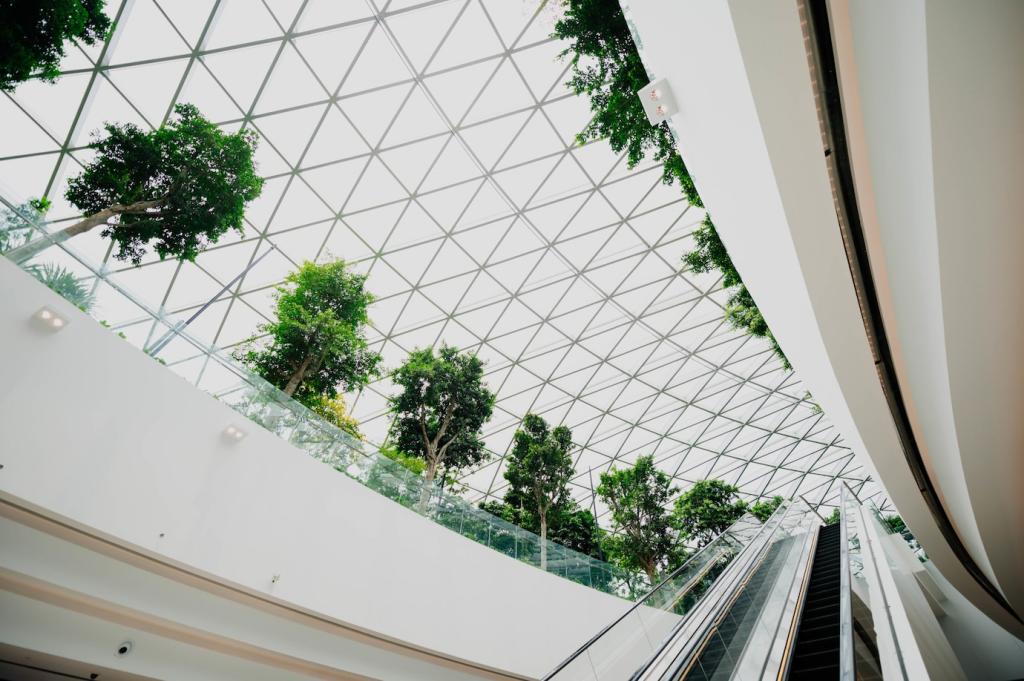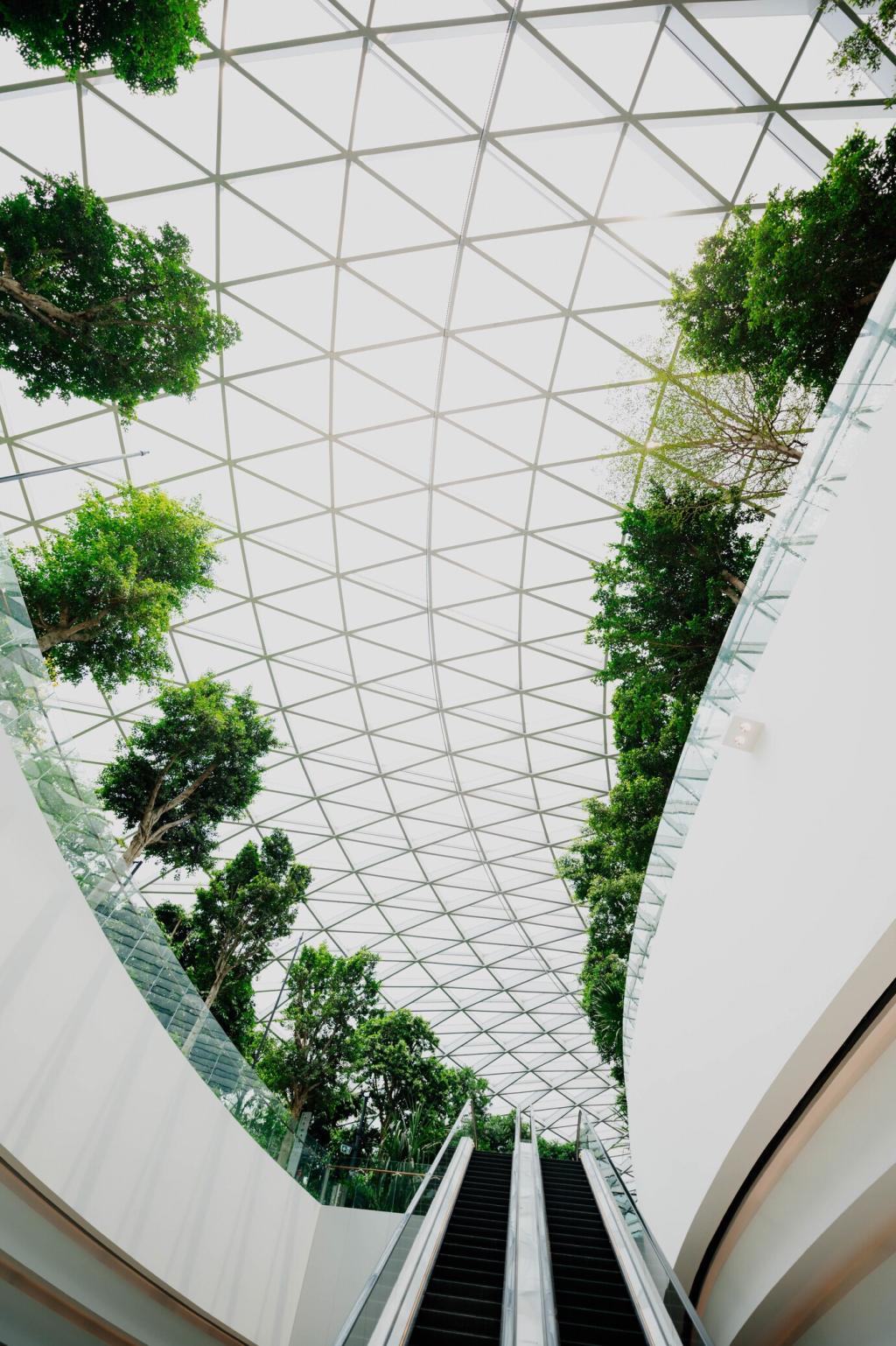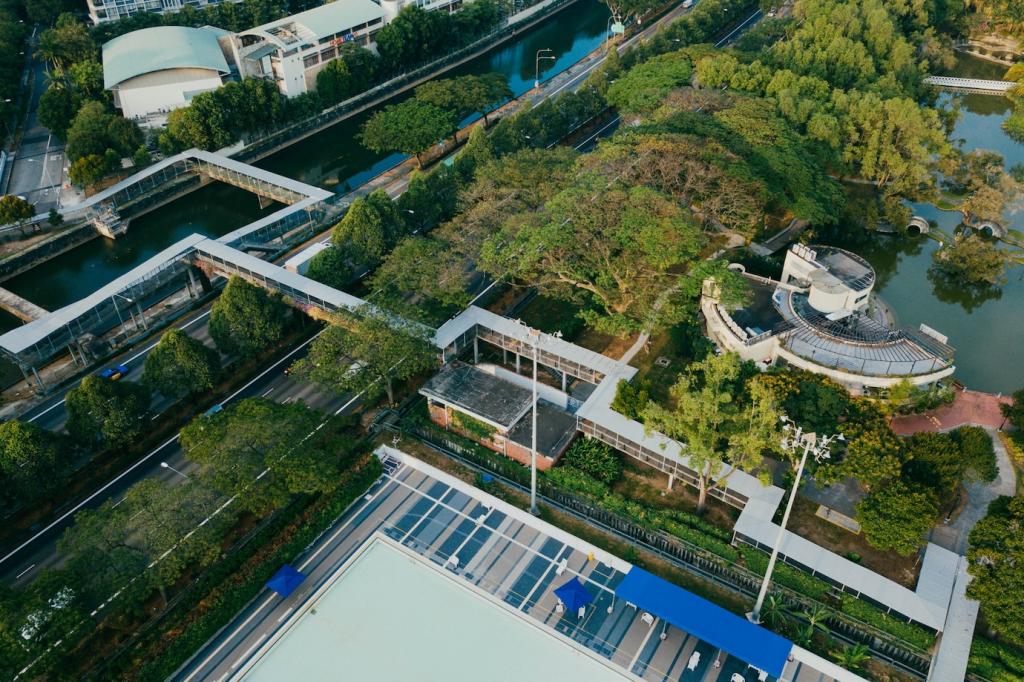Biodegradable building materials are revolutionizing the construction industry by offering an environmentally responsible alternative to conventional, resource-intensive materials. These materials naturally break down without releasing harmful substances, ensuring that buildings have a gentler impact on the planet both during and after their use. Emphasizing sustainability, innovation, and long-term thinking, biodegradable materials can redefine how architecture interacts with the environment, reduce waste, and inspire a new generation of eco-conscious design.
The Importance of Sustainability in Construction

Environmental Impact Reduction
The construction sector has enormous potential to reduce environmental degradation by integrating biodegradable materials. When buildings are constructed with products that can be safely broken down by natural processes, they help minimize landfill contribution and lower harmful emissions associated with waste decomposition. This type of material selection also supports biodiversity and reduces the cumulative ecological cost of construction. The shift from traditional, persistent materials to biodegradable alternatives can dramatically reduce pollution levels in urban centers and natural habitats alike, providing a blueprint for greener cities and more restorative interactions with the built environment.

Resource Efficiency
One of the essential benefits of biodegradable building materials is the efficient use of resources. Typically sourced from renewable raw materials such as agricultural byproducts or fast-growing plants, these materials often require less energy to produce compared to their conventional counterparts. Not only do they harness natural cycles, but their production processes can also encourage responsible land management and support local economies. Emphasizing resource efficiency ensures that material demand does not outpace natural replenishment, ultimately contributing to a balanced relationship with the planet’s finite supplies and fostering a culture of stewardship within the construction industry.

Health and Well-Being
Buildings constructed with biodegradable materials can also have a significant positive impact on human health and well-being. Conventional materials can release volatile organic compounds and other toxic substances that degrade indoor air quality and potentially lead to long-term health issues. By contrast, biodegradable alternatives are typically low in toxins and naturally regulate humidity, fostering a healthier indoor environment. These characteristics make them especially suitable for residential and educational spaces, where the well-being of occupants is a top priority. Integrating biodegradable materials is not only a step forward for environmental health but also for the comfort and safety of all occupants.
Cutting-Edge Biodegradable Materials in Modern Construction
Bio-based insulation materials such as sheep’s wool, cellulose, and mycelium composites provide efficient thermal and acoustic properties while minimizing carbon footprints. These products are derived from renewable sources and are fully compostable, offering an effective alternative to synthetic foams and fiberglass that persist in landfills. Bio-based insulation is recognized for its ability to self-regulate moisture, preventing mold and mildew growth within walls. As they break down harmlessly at the end of their lifecycle, these materials deliver both immediate and long-term sustainability benefits without sacrificing the performance standards expected in modern architecture.

Real-World Applications and Architectural Examples
In several parts of the world, innovative housing projects have made extensive use of biodegradable materials to minimize their environmental impact. These homes often rely on adobe, bamboo, straw bales, and other renewable resources, providing both insulation and strength. Occupants report improved air quality and thermal comfort, while the simple construction process can foster community involvement. These housing models prove that green building practices are accessible to a wide demographic and can be adapted to local materials, creating a bridge between tradition and technology.

